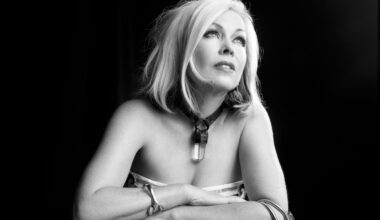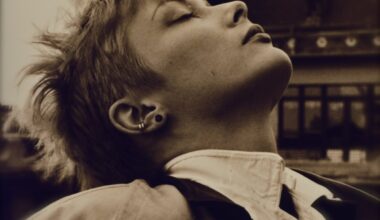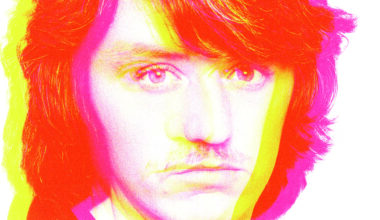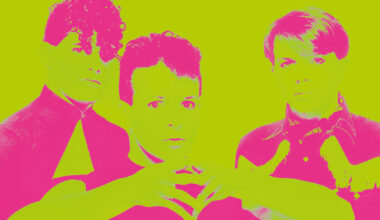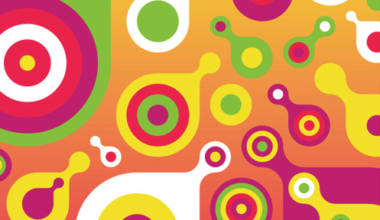Kevin Godley outlines the happy accidents that led to the making of Godley & Creme’s groundbreaking 1985 hit ‘Cry’
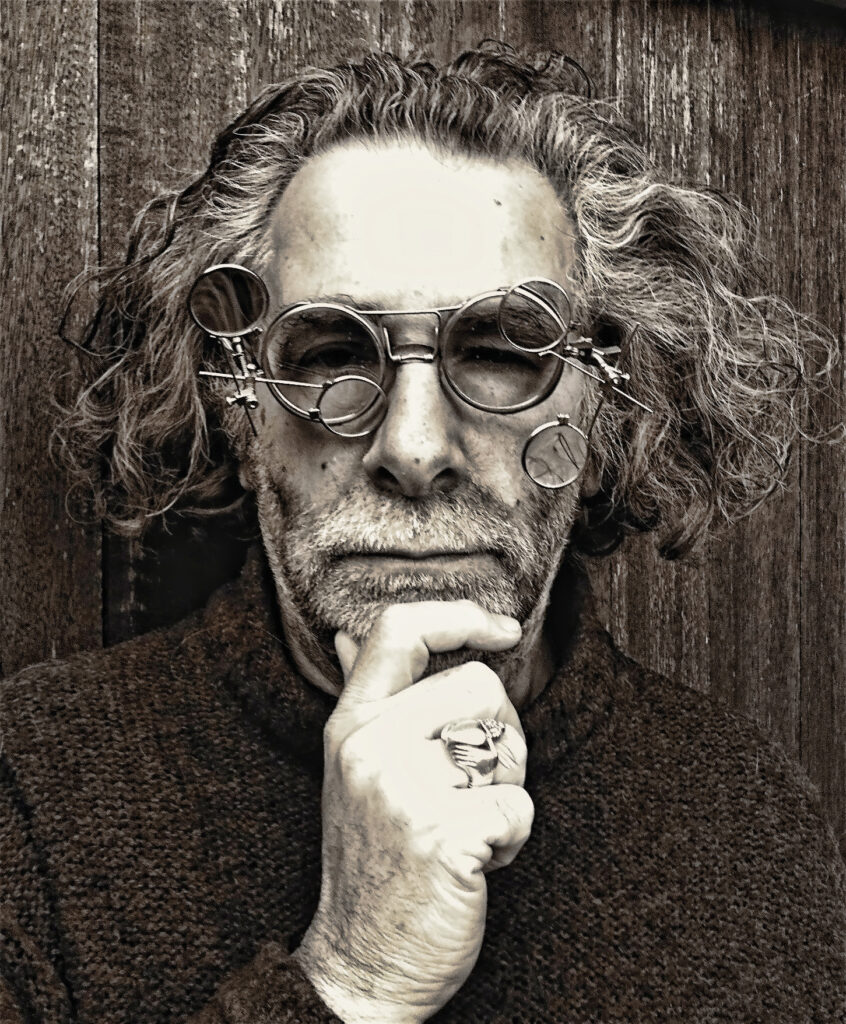
“Lol [Creme] and I were in New York editing the ‘Synchronicity Concert’ film for when we got word that Trevor Horn was in town. We’d never really crossed paths before, but we started to meet up with him at the Parker Meridien Hotel Bar of an evening and we’d get very silly drinking Long Island Iced Teas together. Being mutual admirers of each other’s output, we resolved to work on something together. By that point we hadn’t recorded anything for a while, having got more into the video side of things, so this meeting of minds was an interesting prospect.
“We had this concept based around channel hopping on American TV, with a working title of ‘Hit The Box’. When we got together back in London, at Sarm Studios in Basing Street, we started to experiment with the idea. At the time, of course, there were only four channels in the UK, so we weren’t sure if this media blitz concept would translate all that well. After a while we realised it wasn’t going anywhere, but since we had the studio time booked in Trevor said, ‘Well, what else have you got?’.
“The only thing we had was this fragment of a song, a 30-second refrain that we’d started writing 15 years earlier… ‘You don’t know to how to ease my pain/ You don’t know’, which became the opening verse of ‘Cry’. For whatever reason we could never really take it further, but Trevor liked it and wanted to develop it. It was like it had laid there waiting for this moment.
“This was the first time we’d ever worked with another producer. Our expertise with electronic music back then was relatively minimal, but Trevor’s knowledge, and that of his team, Steve Lipson and JJ Jeczalik from the Art Of Noise, was far superior. They’d recently got a Synclavier too, which was the Holy Grail of synths at the time.
“Lol and I were sent off to play table tennis while JJ and Steve ingested the tune in their machinery to create something we could work with. It was about making something on the spot without being bound by any sense of what the song should be. We let them construct something that we could react to.
“When we came back a few hours later they had this very nice bassline loop. Lol put some watery guitar chords over the top to set some kind of structure and atmosphere. We wrote down what little fragments of lyrics we already had and expanded them into various phrases, scribbled on pieces of paper, like a kind of cut-up technique. When Trevor sent me into the studio he said, ‘Sing what you have, and just see what happens next’.
“Trevor’s guys brought something to it which we wouldn’t have, this simple, hypnotic quality, which was just what it needed. It lopes and settles like a fog. The falsetto effect that ends the track with a crescendo was Trevor’s idea. He used the harmoniser and it just worked. It sounded a little silly to us at the time, but sometimes silly just works. I remember my final note was extended beyond all feasible breathing ability, simply because we could.
“We had the luxury of being in one of the world’s best studios with one of the best producers, so we continued along these lines, just experimenting really. The song came together fairly quickly. We didn’t want to overcook it, so the whole session only took a few days. Once we’d finished it and played it to the label, we realised it was an obvious single.
We hadn’t had a hit since ‘Wedding Bells’ came out in 1981 and the combination of us working with Trevor was an intriguing proposition. I’m not sure now why we didn’t release it as Godley, Crème And Horn, but in the end it was put out under our name, with him co-producing, and it turned out to be quite commercially successful. The video we made certainly helped it along.
“Our first idea was to get Torvill and Dean to skate to the track. For whatever reason they weren’t able to do it, so we had to come up with another idea pretty quickly. It felt like the kind of song anyone could sing, it had a universal quality to it, so we thought, ‘Well, why don’t we get a whole bunch of interesting-looking people into a studio to sing it’.
“We sent tapes out to a load of people we picked from a casting book. We probably ended up choosing around 45, knowing that some would pull it off better than others. We sat them in the studio with a saucepan bolted to the back of a chair to rest their heads in and let them have a few gos at it.
“We weren’t entirely sure what to do with the footage, and because we were using an analogue system instead of a digital one, the first few transitions were made from one whole face to another, but after a few attempts we used this device called a wipe. We discovered that by using this effect we’d get a face that didn’t actually exist during the transition. So we decided to go down that route with the rest of the filming.
“We just allowed the available technology we had to take things a stage further, which was the magic of the film. I think we captured the hypnotic sound of the song visually, but there’s also something fascinating about the human face anyway. It’s a very watchable thing.
“Recording ‘Cry’ was certainly a high point for us. It opened our eyes to working with samplers and devices like the Fairlight. And, like most of our best songs, there was a sense of mutation that gave us something we weren’t expecting.”
Godley & Creme’s ‘Body Of Work’ boxset is out on Caroline

